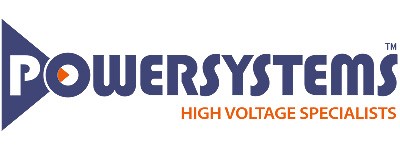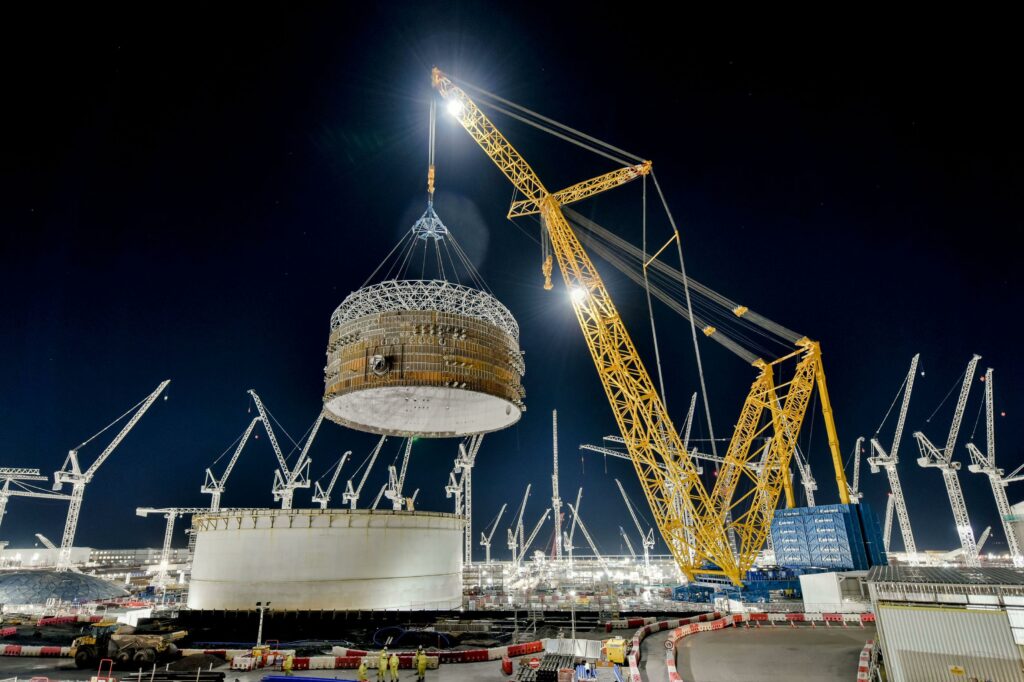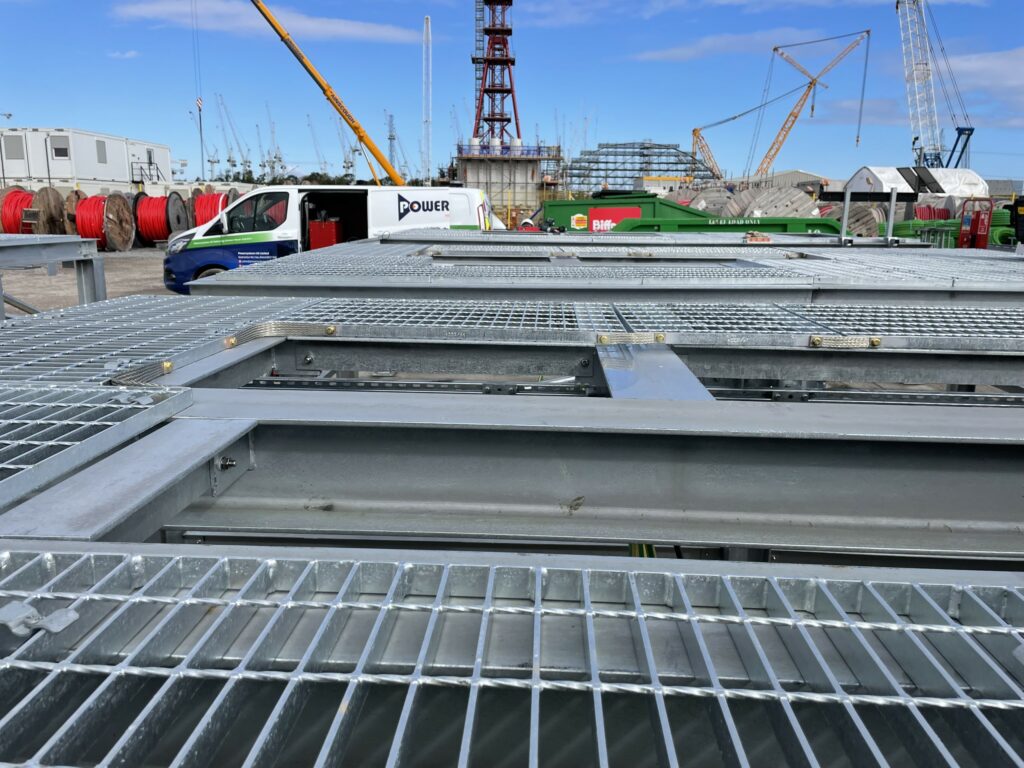Get started, planning your nuclear power energy project with Powersystems
Building a nuclear power plant is a mega project that requires teams of specialists to handle the many aspects of the project—from conception and planning to implementation.
Speak with one of our high voltage Electrical Engineering Specialists today.








